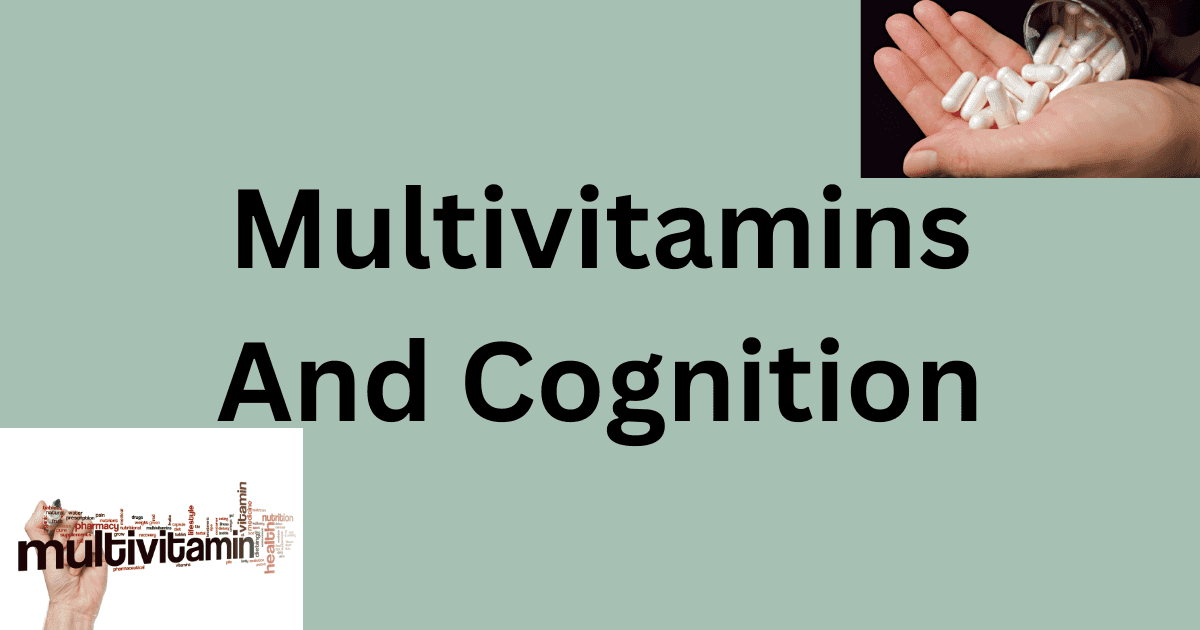Is Inferior Turbinate Hypertrophy the Cause of Your Nasal Congestion?

Nasal Congestion is the most common symptom of new patients in my practice. Enlarged inferior turbinates are the number one cause of nasal congestion. In short, I see a lot of inferior turbinate hypertrophy.
Today's article is going to:
Define inferior turbinates
Explain the nasal cycle
Explain why inferior turbinates enlarge excessively
Explain the symptoms of enlarged inferior turbinates
Discuss what the treatment options are
What are inferior turbinates?
Inferior turbinates are curved structures that look like shelves and stick out from the side walls of the nose. They run from front to back along the outside floor of your nose and are the size and shape of a link breakfast sausage. Inferior turbinates help warm, humidify, and filter the air we breathe.
CT scan examples of normal and enlarged turbinates

Front View of Turbinates CT scan

Front View of Turbinates CT scan - Enlarged Turbinates
What is the nasal cycle?
The nasal cycle is a pattern of alternating congestion and decongestion of the inferior turbinates. During the nasal cycle the inferior turbinate on one side enlarges for a few hours while the opposite side decongests. The side that's enlarged slows down air flow so the humidified air we breathe can moisturize the nasal cavity. This moisturization allows us to breathe through our nose continuously without drying out the nasal lining. The nasal cycle happens automatically and is normal. You shouldn't notice it. If you notice that one side of your nose gets congested for a few hours and then it rotates to the other side, particularly when sleeping this isn't normal. If you notice your nasal cycle, it is a pretty good bet that you are suffering from inferior turbinate hypertrophy. With severe inferior turbinate hypertrophy, both sides will become so congested that there isn't really a nasal cycle. There's just persistent bilateral congestion.

You can see how this massive enlargement can block breathing!
What causes the inferior turbinates to enlarge?
Allergies
Infection
Rhinitis, which is inflammation of the nose from dust, chemicals etc.
Some patients are born with large inferior turbinates
What are the symptoms of enlarged inferior turbinates?
The most common complaint is that sleep is disturbed because the side you are sleeping on gets congested. You roll to the other side to open your nose and then the other side gets congested. This pattern goes on all night, disrupting your sleep. The classic list of symptoms is below, but the above is the most common complaint I hear.
Nasal congestion or stuffiness
Trouble breathing through the nose
Postnasal drip
Frequent sinus infections
Snoring or sleep apnea
Headaches
Mouth breathing
How do we diagnose inferior turbinate hypertrophy?
A simple examination of the nose can detect inferior turbinate hypertrophy.
How do we determine the cause of inferior turbinate hypertrophy?
Endoscopic examination of the nose and sinuses, allergy testing, and a CT scan of the sinuses help us determine whether allergies, rhinitis, or a sinus infection are the cause/s of inferior turbinate hypertrophy.
Medical Treatment Options
Tips on Using Nasal Sprays Here: “Enjoy Good Health - OTC And Rx Nasal Sprays - When Should You Use Them?”
Nasal steroids
Nasal antihistamines
Oral antihistamines
Antibiotics or oral steroids (if infection is suspected)
Saline nasal washes
Allergy shots
Will medical treatment cure the problem?
If inferior turbinate hypertrophy is due to a sinus infection, it can usually be cured by treating the underlying infection.
If inferior turbinate hypertrophy is mild, some of the medications above will help. They may not cure the problem, but they'll provide some relief.
Inferior turbinate hypertrophy that's severe is often not controlled by medical treatment.
In general most inferior turbinate hypertrophy requires constant treatment of the underlying condition.
Surgical Treatment Options
There are surgical treatments for inferior turbinate hypertrophy. Even with successful surgery continual treatment of the underlying cause is necessary to prevent the whole process from recurring. If you are considering inferior turbinate hypertrophy surgery PLEASE watch my YT video “Best Techniques for Inferior Turbinate Surgery in - 2020” about this topic. Inferior turbinate surgery is easy to do, but if the wrong techniques are used it can be devastating.
Conclusion:
Inferior turbinate hypertrophy is a major cause of nasal congestion as well as other significant symptoms. If you suffer from any of the symptoms noted above, seek a consultation. Some of my most satisfied patients are those who got control of their inferior turbinate hypertrophy.
Till next week,
Jim Atkins, MD, Follow me on Twitter.
P.S.
Don't miss out on a topic about “What is a septal deviation and do you need to fix it?”

